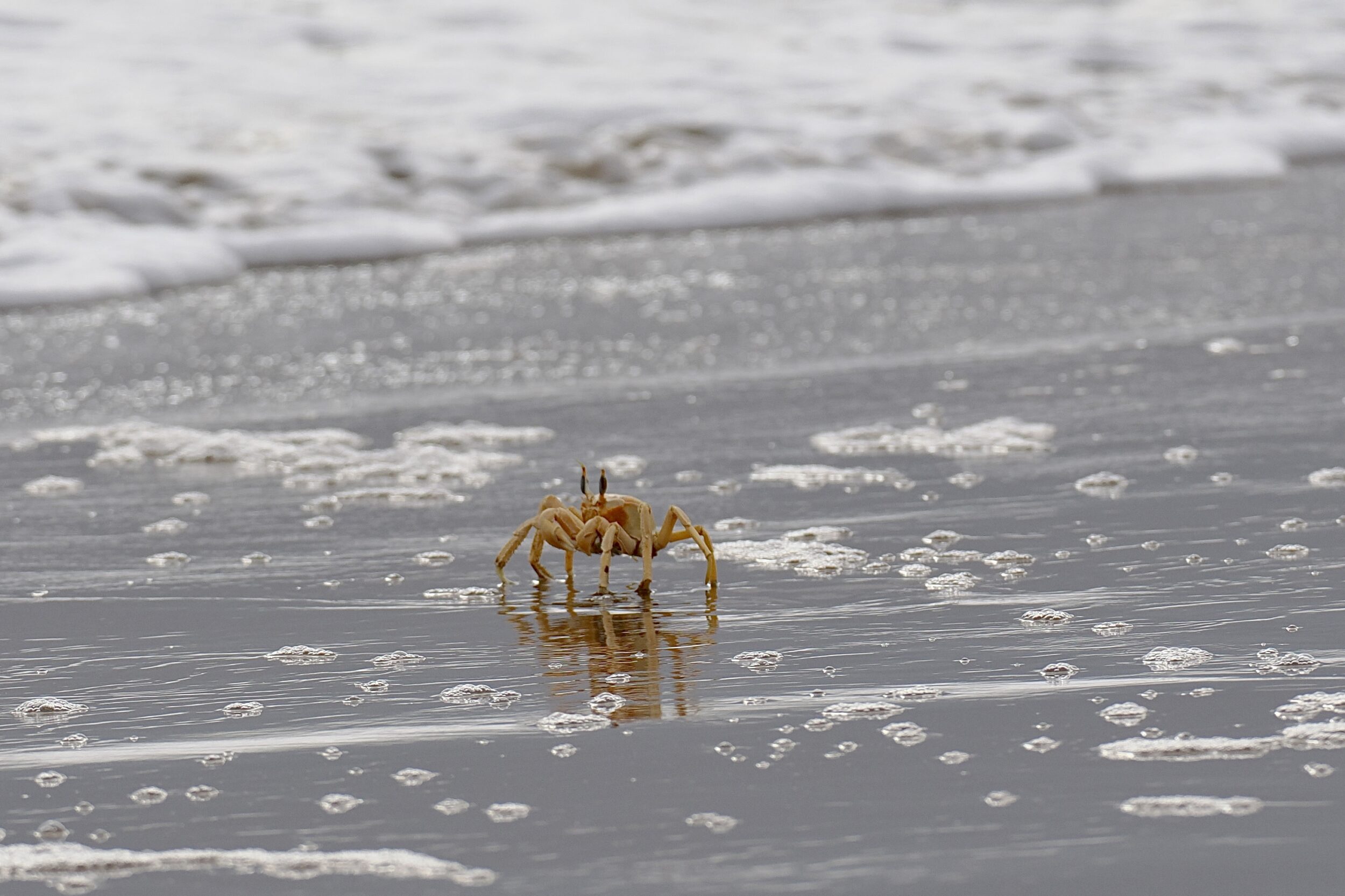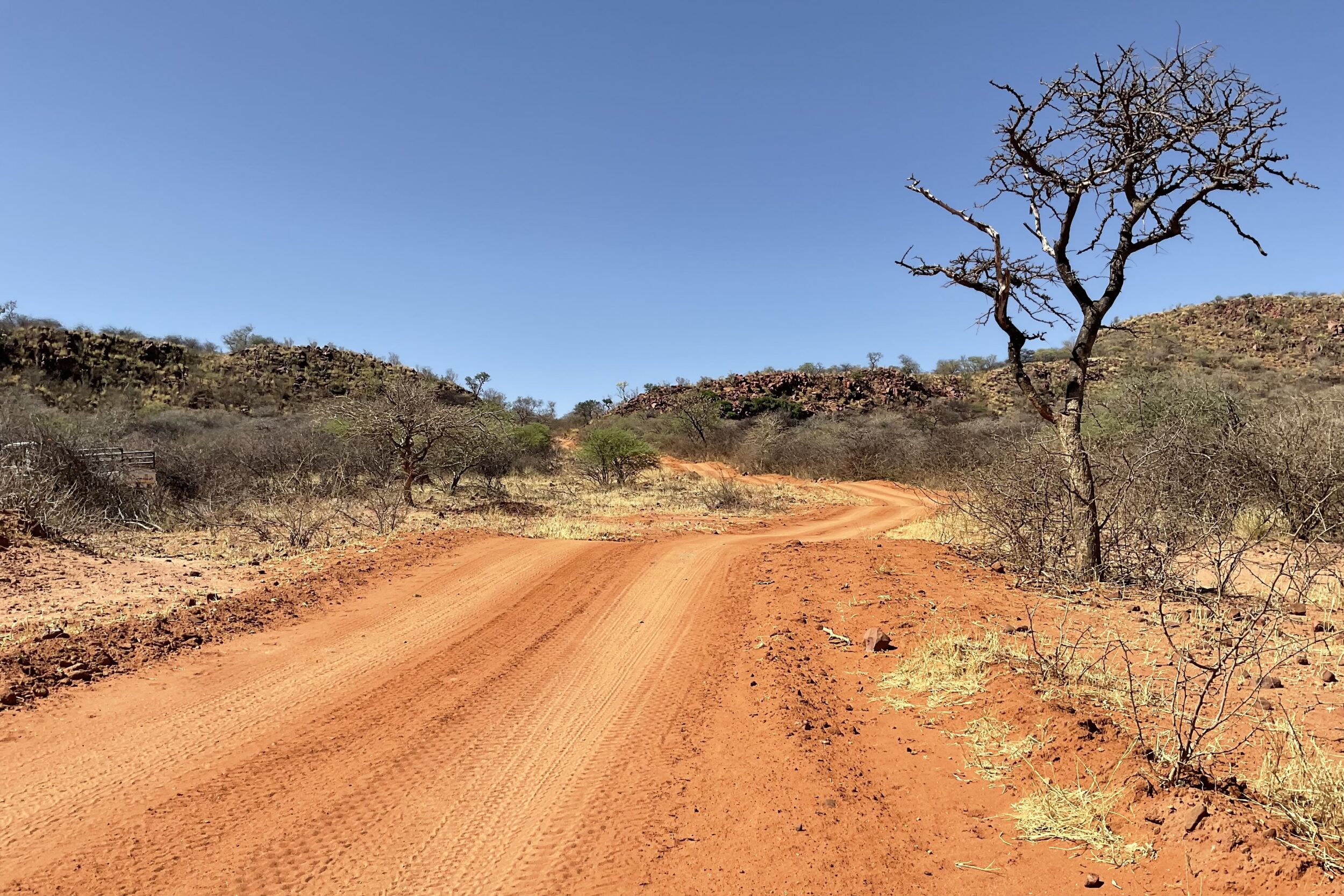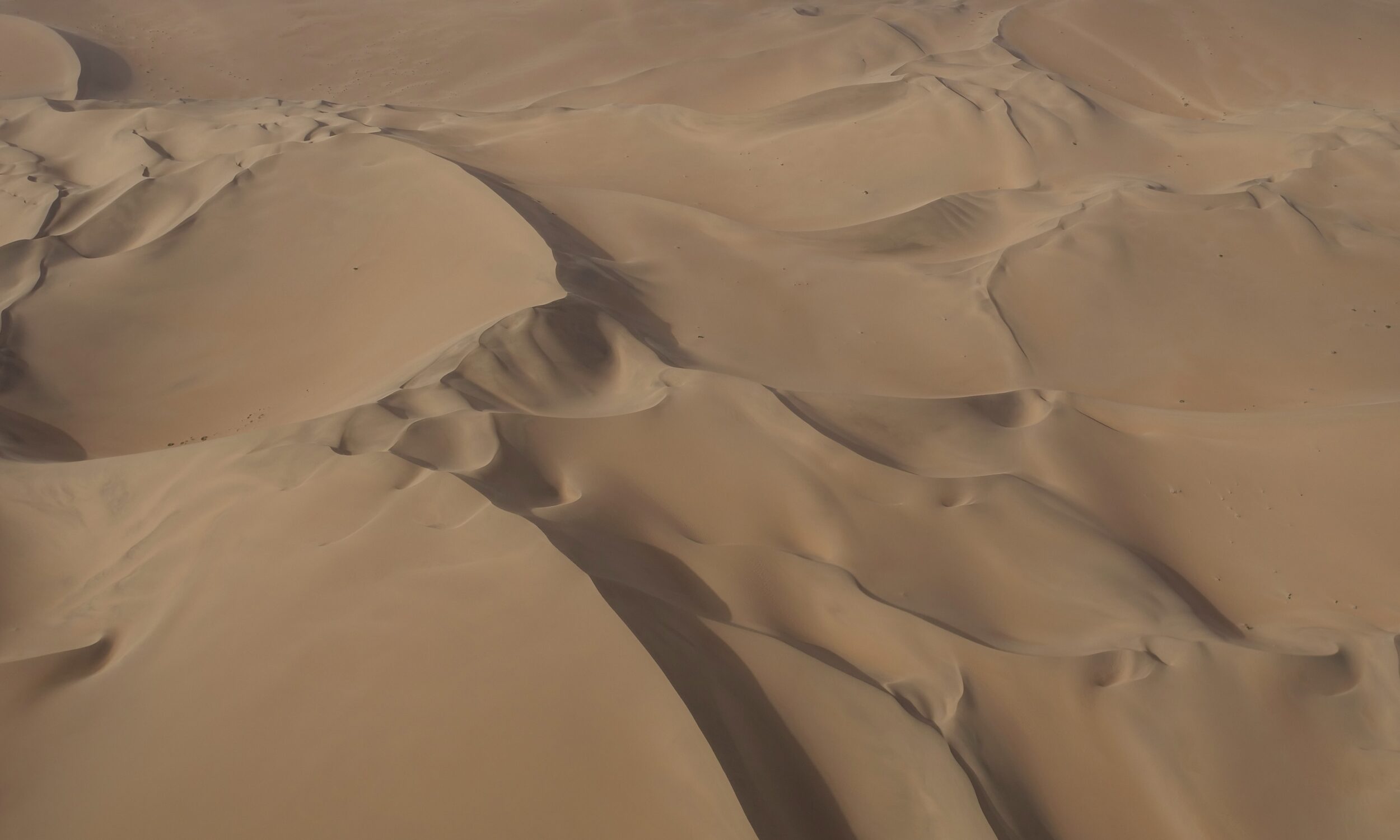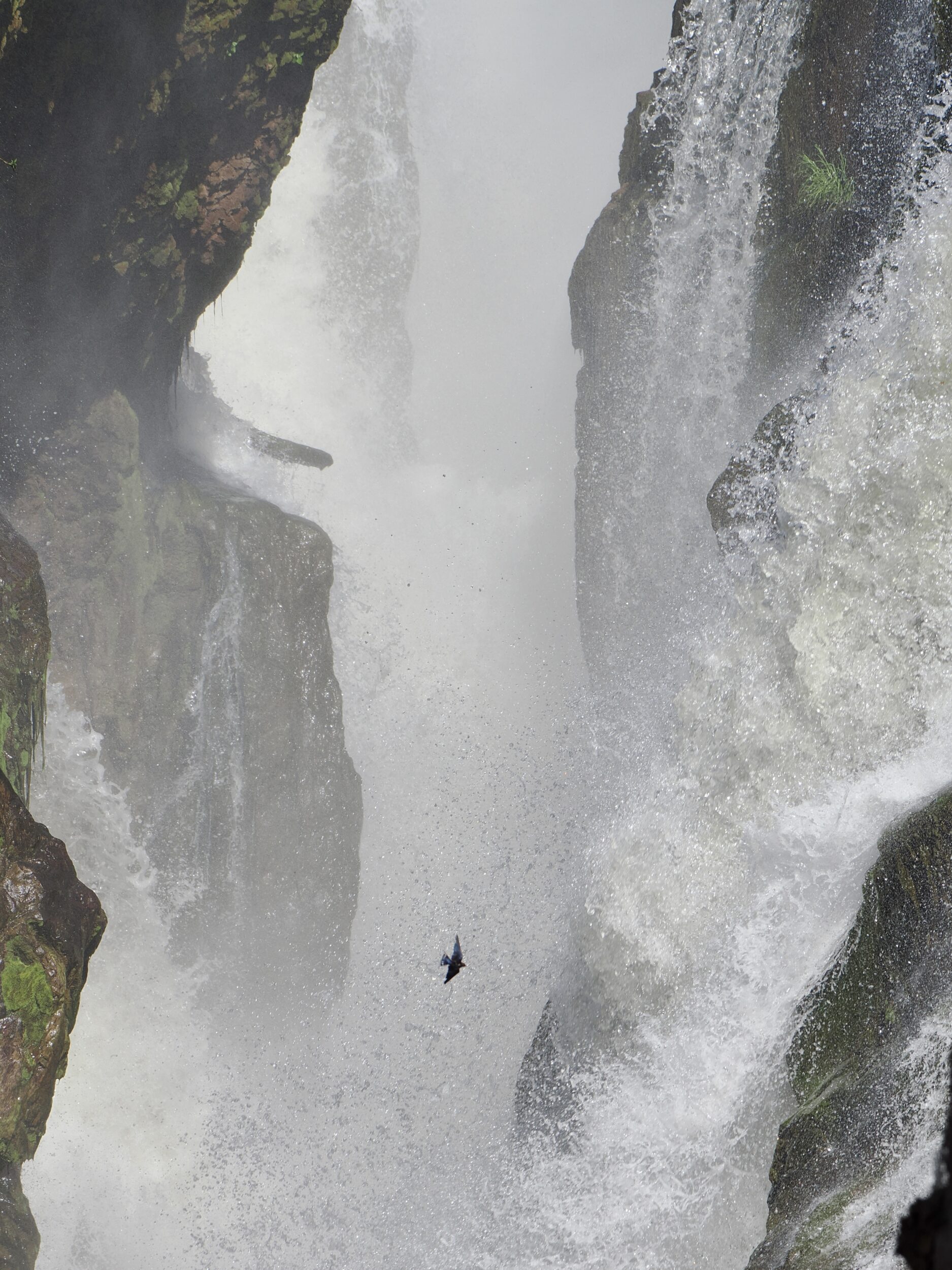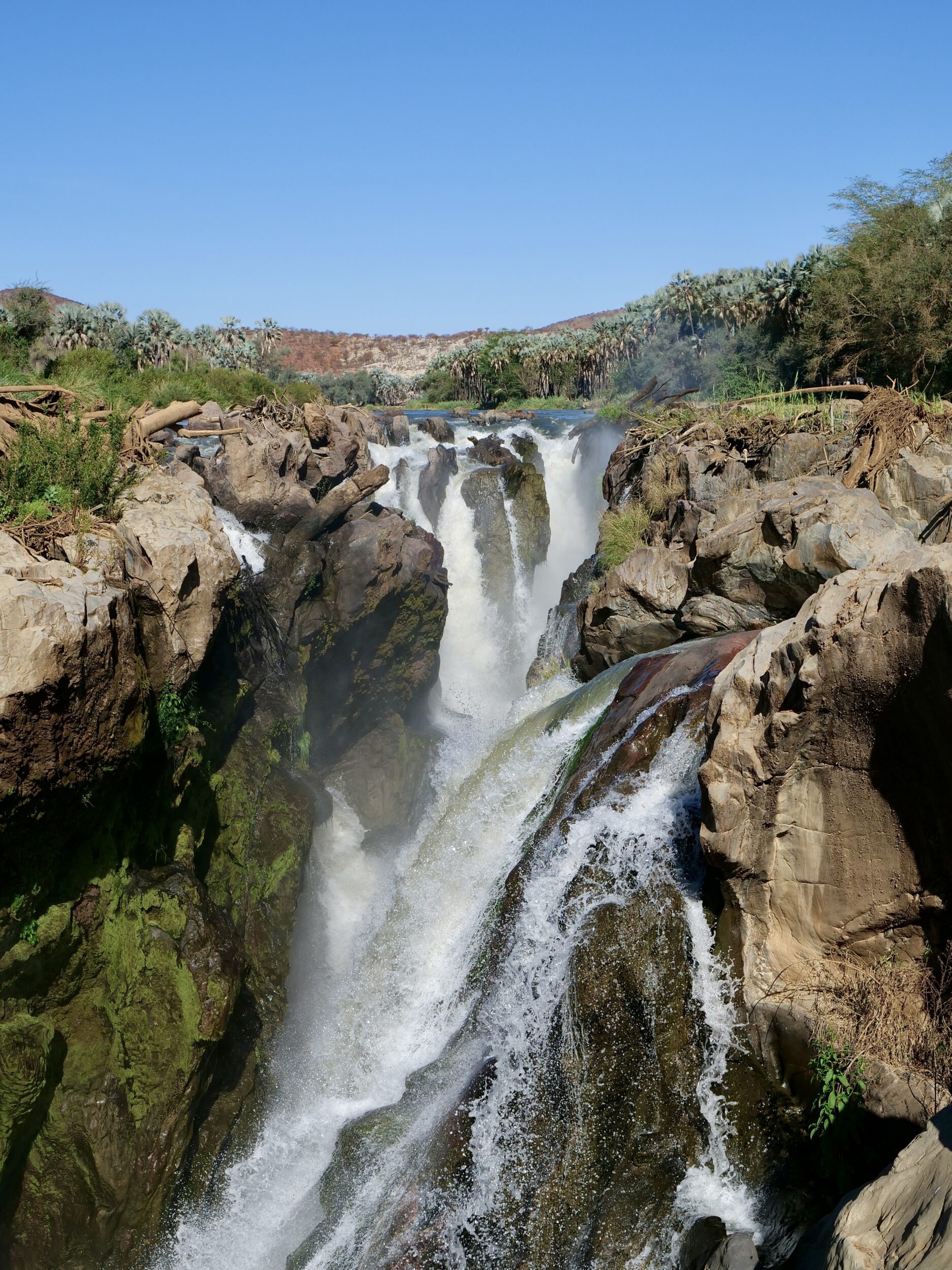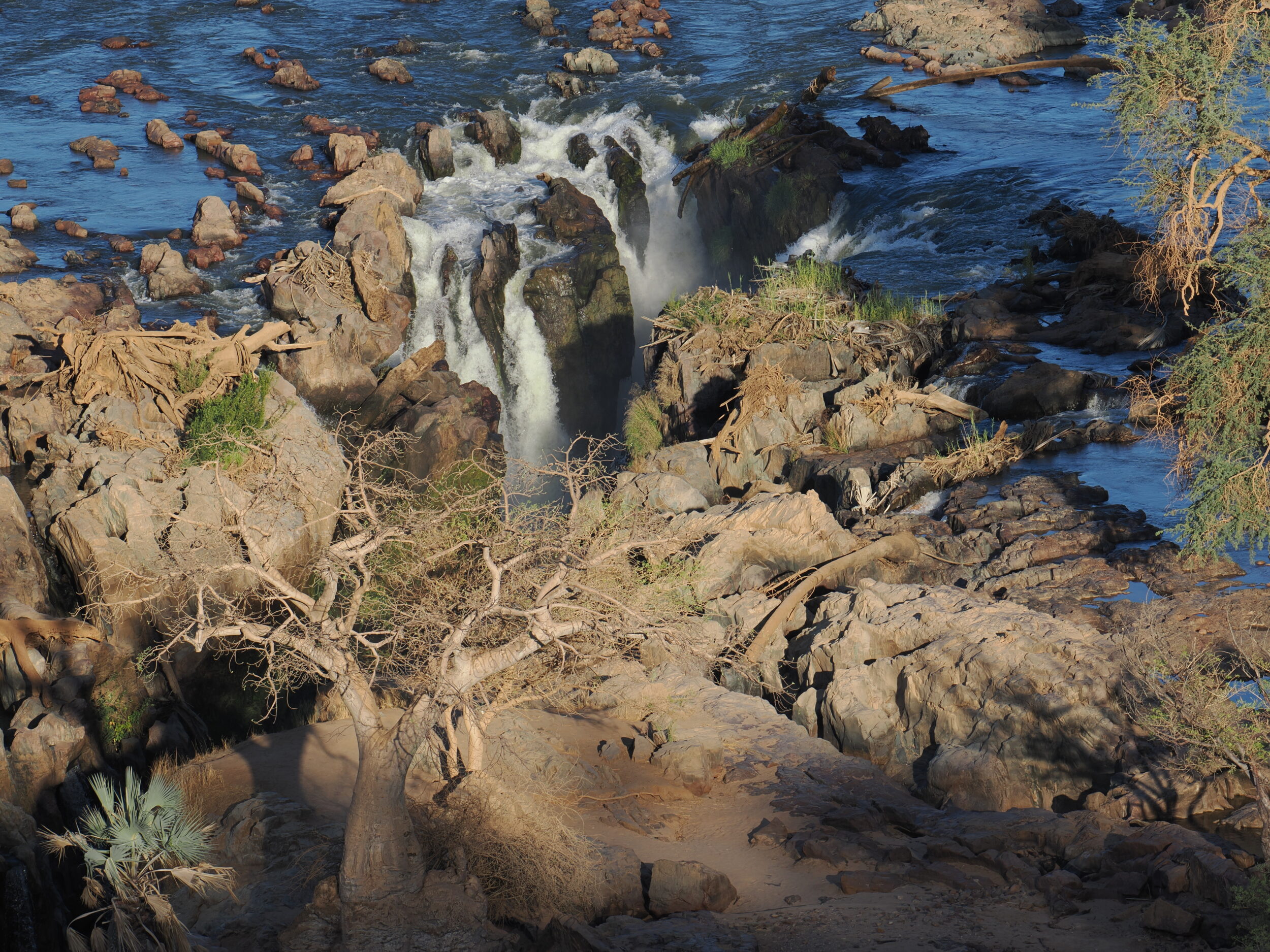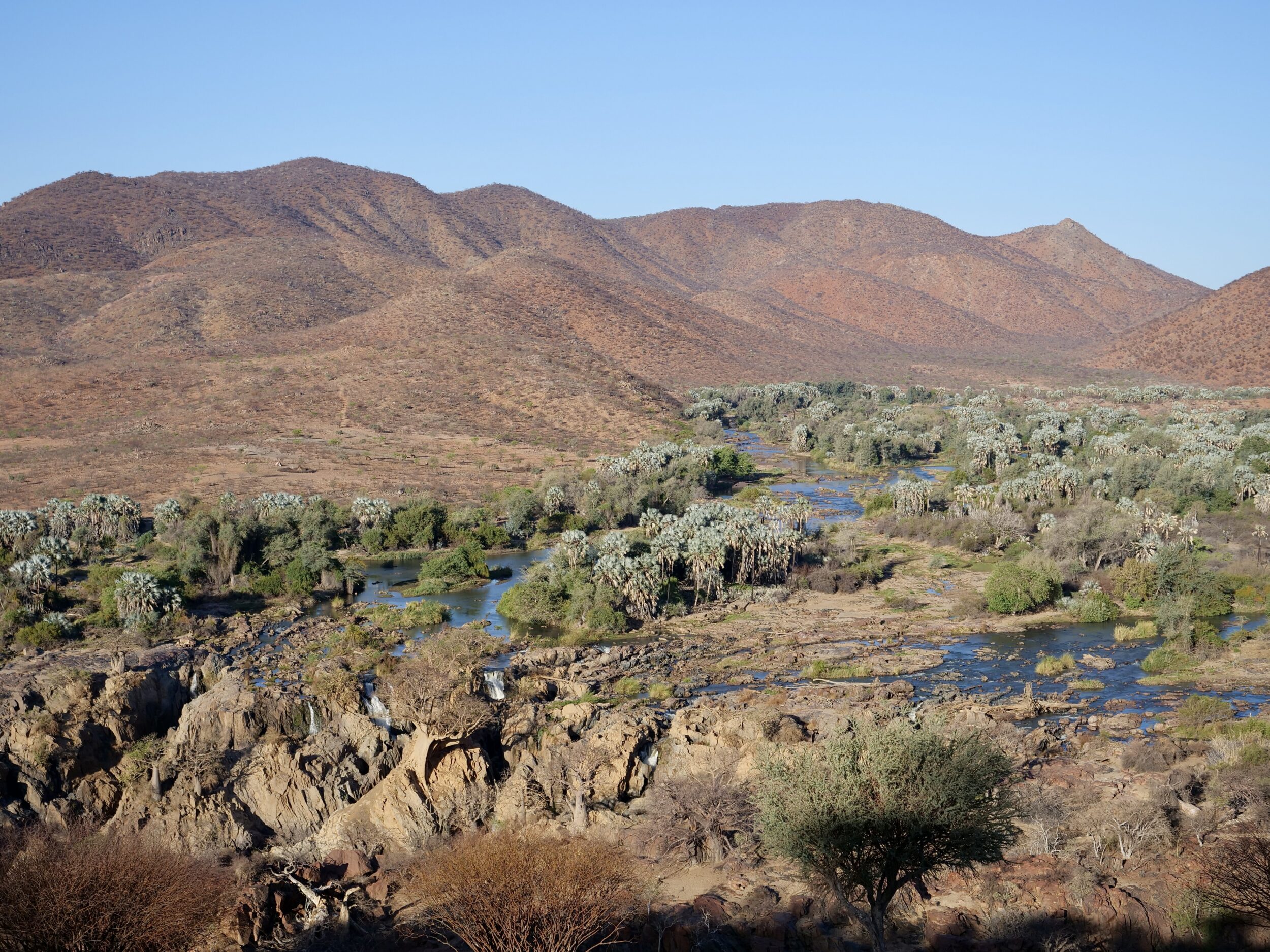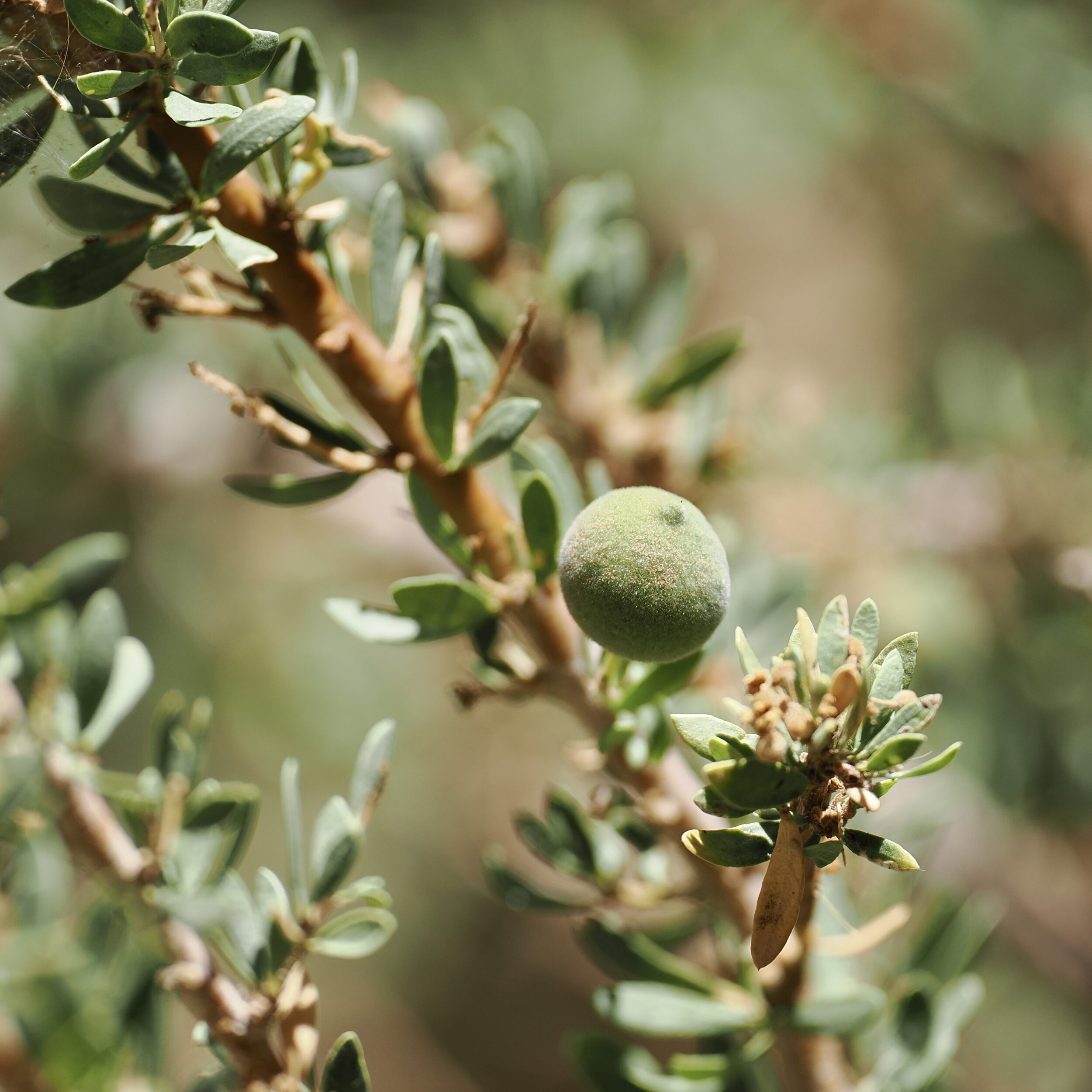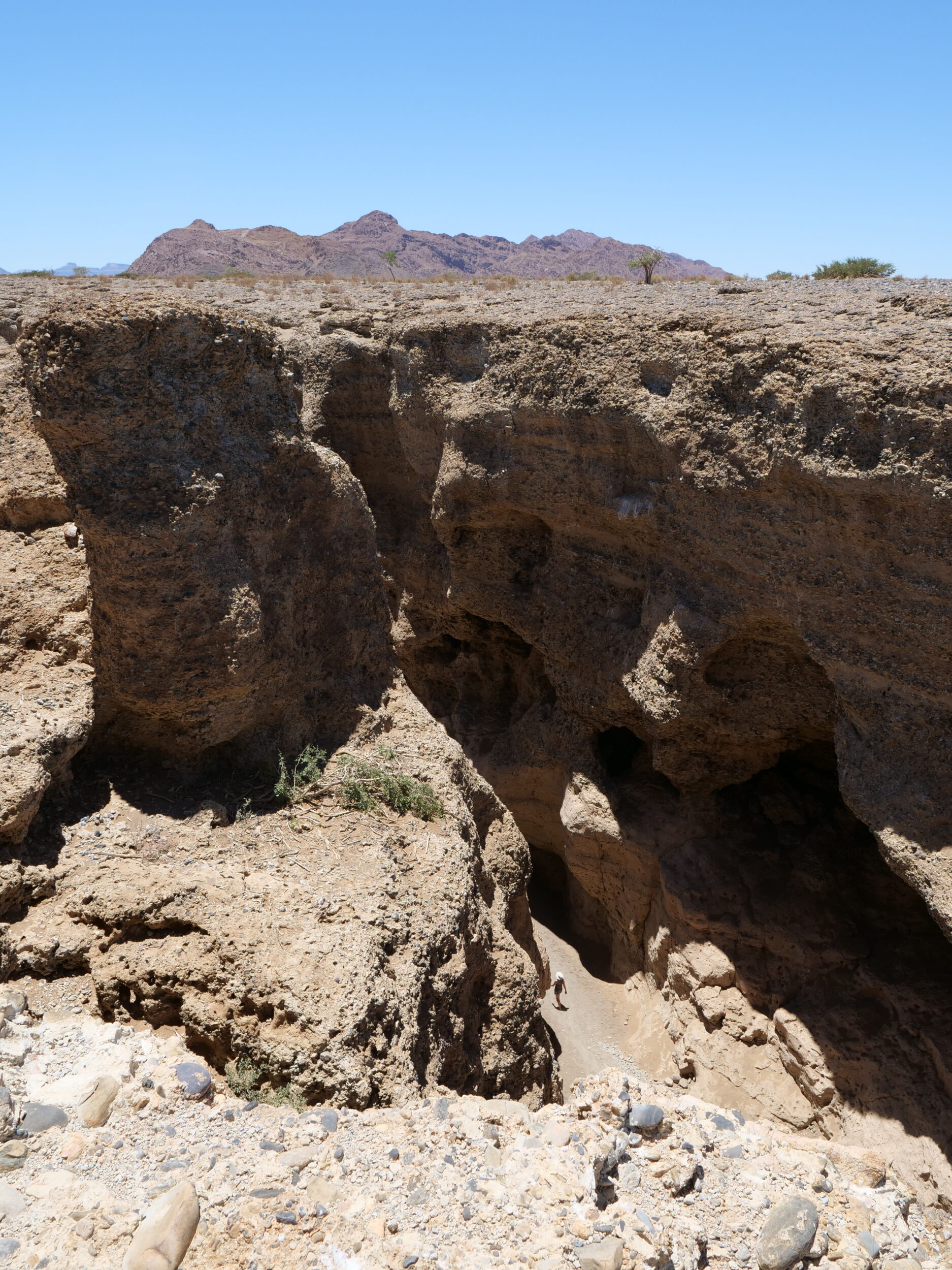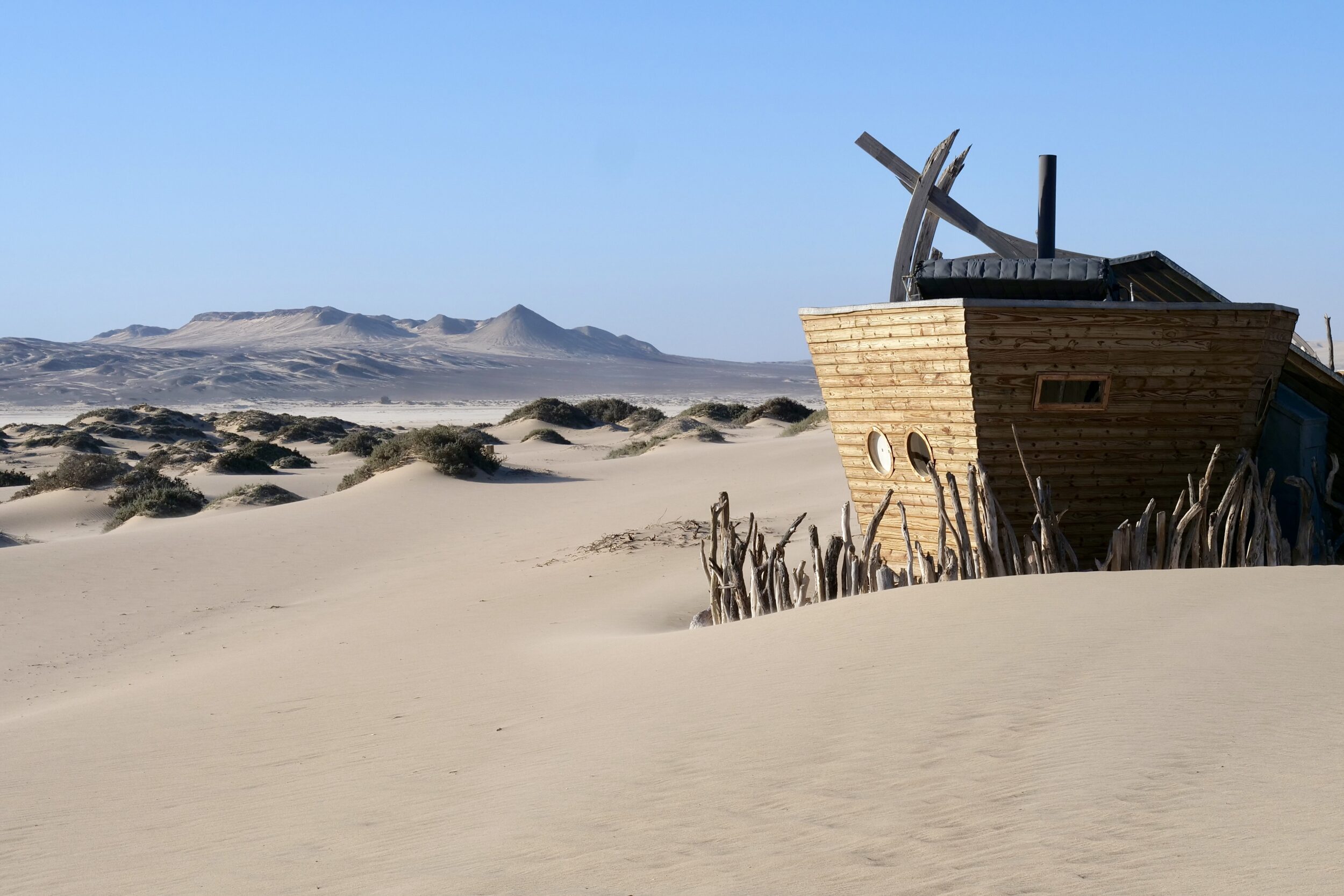Today’s chapter in this series’ “wet sands” section features a fast-scuttling crab, on a northern Namibian beach,
Here, rain hardly ever falls, but fogs often roll in from the cold Atlantic Ocean, and thence into the western section of the Namib Desert.
Q: a terrible place to be shipwrecked?
A: yes…but this shoreline is far from “lifeless”.
The waters that lap it teem with life; human population density is among the lowest on “our” planet, but the local seafood is abundant and excellent.
Comments closed